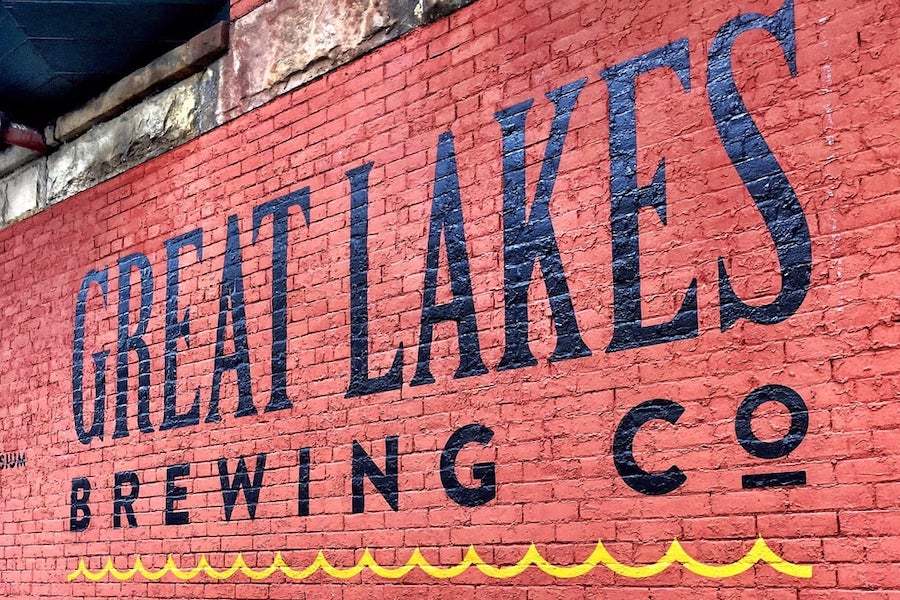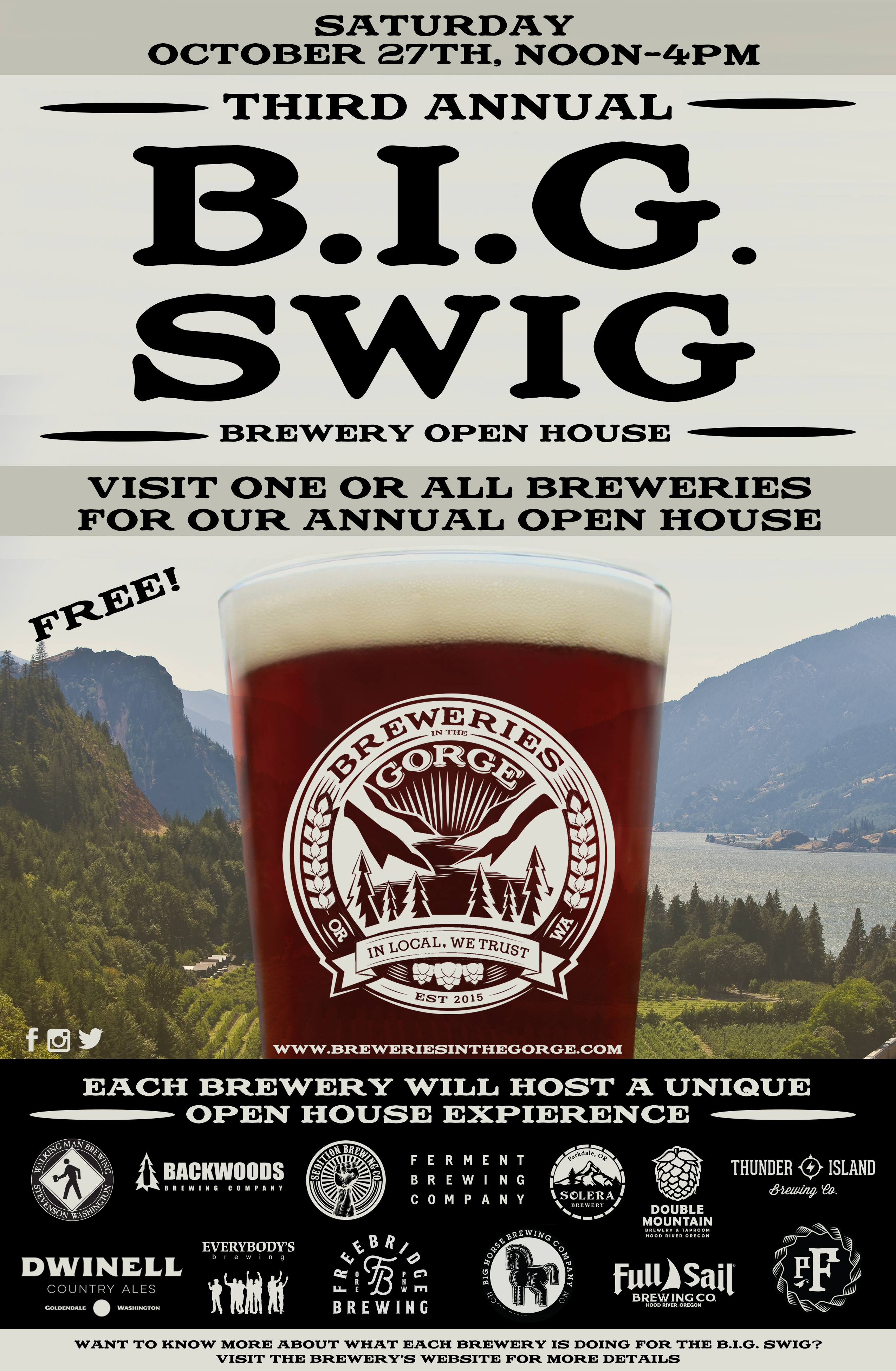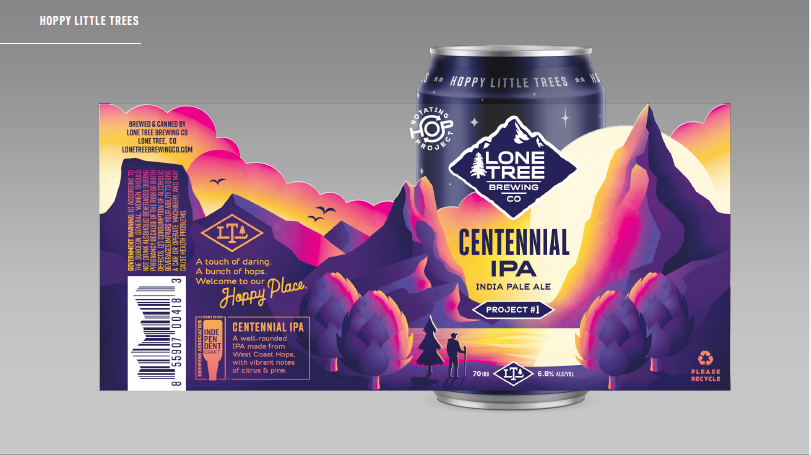

Zobelein's family sold the Los Angeles Brewing Company and its Eastside brand to Wisconsin-based Pabst in 1948. With demand surging, Maier replaced its old, brick brewery with a new, industrial complex.Įventually, intense postwar competition with Anheuser-Busch and other national brewers led to the L.A. Upon the advice of advertising executives, the Maier Brewing Company rebranded its original pale lager as Brew 102-advertisements suggested that the brewery had tried 101 unsuccessful recipes before settling on the "new" brew-and positioned it as a cheap beer for the working class.
#CALIFORNIA BREWERIES WITH BIG TREE MARK FULL#
A full repeal of Prohibition came less than a year later with the ratification of the Twenty-first Amendment.īoth breweries prospered through the Second World War and in the years immediately after. One minute past midnight on April 7, 1933, actress Jean Harlow smashed a bottle over an Eastside delivery truck to mark the legalization of 3.2% ABV beer. Maier would not regain control of his business from a court-appointed receiver until 1940, seven years after Prohibition ended.įor Maier's rival, the end of Prohibition was a happier time. Maier denied knowledge of the illicit brew, but authorities seized the brewing equipment and bottling plant. Prohibition officers arrested Maier's sales manager and one of his employees. On March 30, 1932, federal agents raided the Maier Brewery and discovered what they called "unshakeable evidence" that the facility had been producing full strength, 4% ABV beer. Some breweries supplemented their legal activities with illicit brewing. Like many American breweries, they survived the dry spell by producing soft drinks and "near beer"-beer that squeaked under the 0.5% alcohol by volume (ABV) limit imposed by the Volstead Act. Maier and Eastside both struggled during Prohibition. As the image above shows, the concoction-actually just simple beer with the addition of honey-was advertised as a "liquid food" for the treatment of various ailments, from insomnia to "old age" to "expectant motherhood."
#CALIFORNIA BREWERIES WITH BIG TREE MARK SERIES#
Maier Brewing Company, meanwhile, introduced a pseudo-medicinal Select Malt Tonic "rich in the elements that feed the tissues, restore nerve health, and make rich red blood." Autry National Center NHRPC Processing Archivist Holly Rose Larson recently discovered a series of advertisements for the brew in the papers of Charles Fletcher Lummis at the Braun Research Library.

MS.1 Charles Fletcher Lummis Papers, 1888-1928 Braun Research Library Collection. At first, the brewery's walls surrounded the expansive tree, but in the 1890s good business spelled a bad fate for El Aliso, which was felled and sold for lumber to make room for an expanded brewery facility. It was one of the city's most historic locations for hundreds of years, Tongva (Gabrieleño) tribal leaders gathered under the shade of an ancient sycamore tree-later dubbed El Aliso by L.A.'s first Spanish settlers-that came to be the center of the Indian village of Yangna. One of L.A.'s first breweries, the Philadelphia Brew House, opened in 1874 near the present-day site of Union Station. brewers concentrated on one style of lager-these new breweries have tapped into long-dormant tradition of Los Angeles beer brewing. Though their focus is different-microbrewers typically hand-craft a wide range of ales and lagers, while the early L.A.

Since then, two more- Nibble Bit Tabby and Angel City-have begun concocting new mixtures of barley, hops, water, and yeast inside the City of Los Angeles, joining a growing cohort of Southland craft brewers. In 2009, Eagle Rock Brewery became the first brewery in years to open within L.A. Before intense competition led to their decline, L.A's own Eastside Lager and Brew 102 battled in local and regional markets with such national brands as Budweiser, Schlitz, and Miller. Like many American cities in the mid-twentieth century, Los Angeles once hosted its own regional breweries that supplied the city and its environs with light, affordable American pale lager. Courtesy of the California Historical Society Collection, USC Libraries. Men lift their glasses of beer in a toast, circa 1920s.


 0 kommentar(er)
0 kommentar(er)
